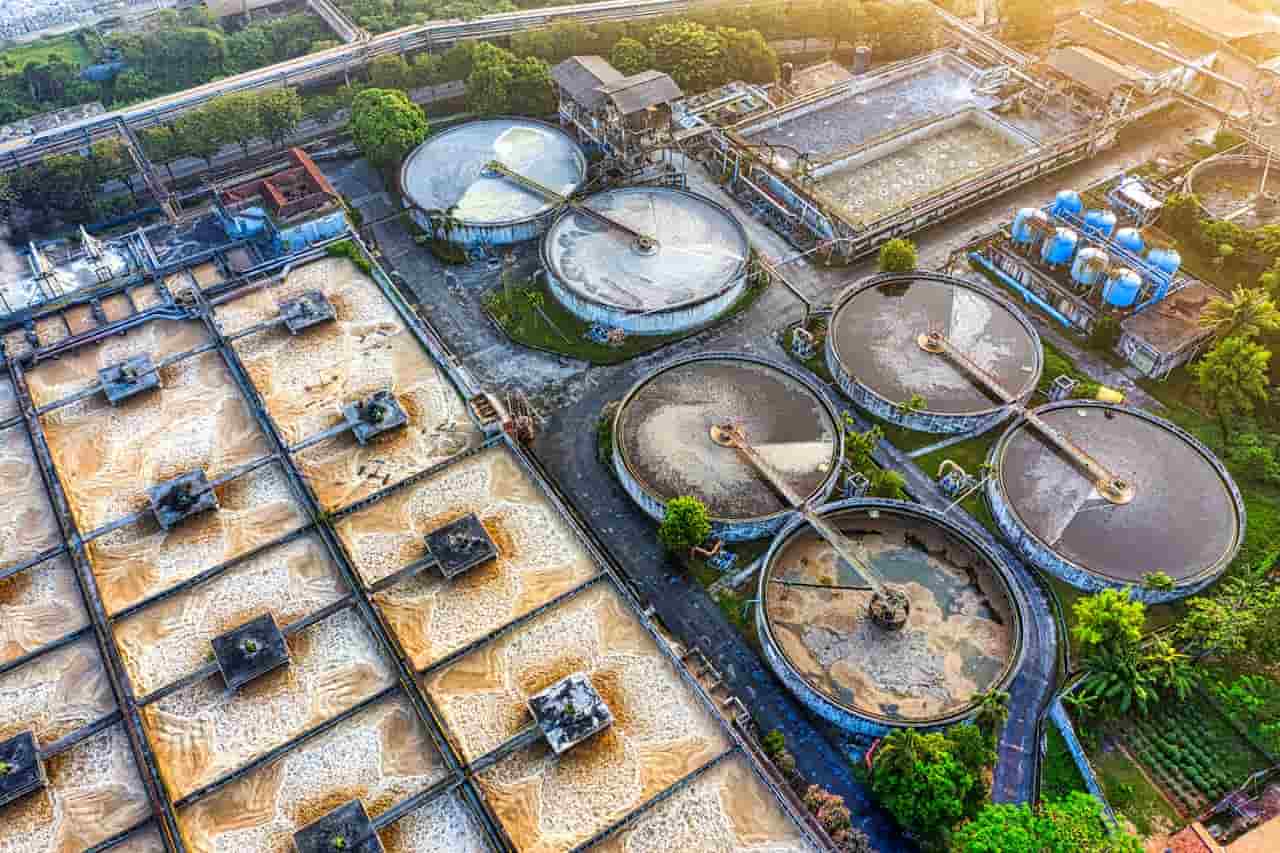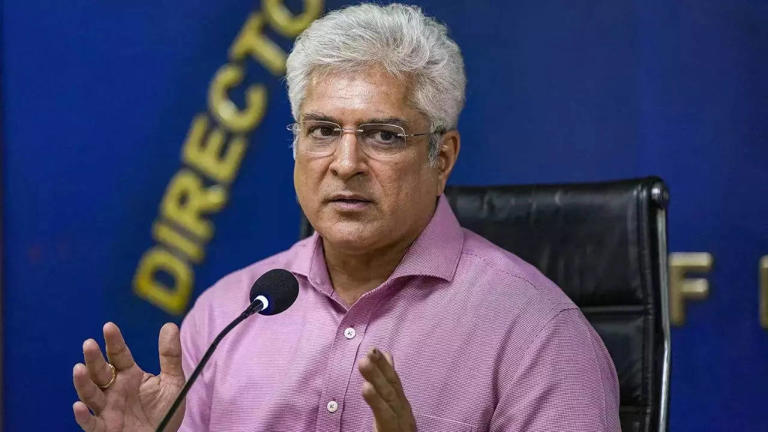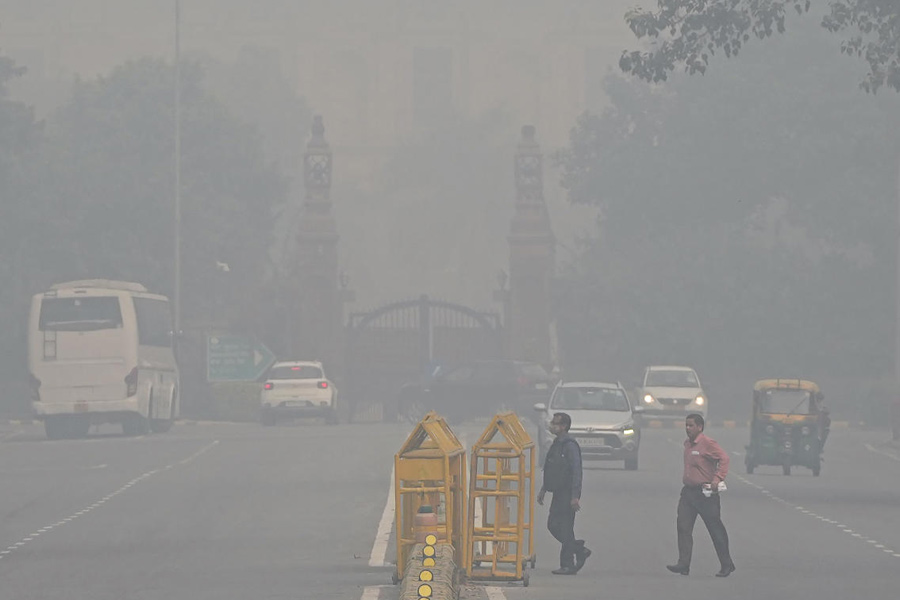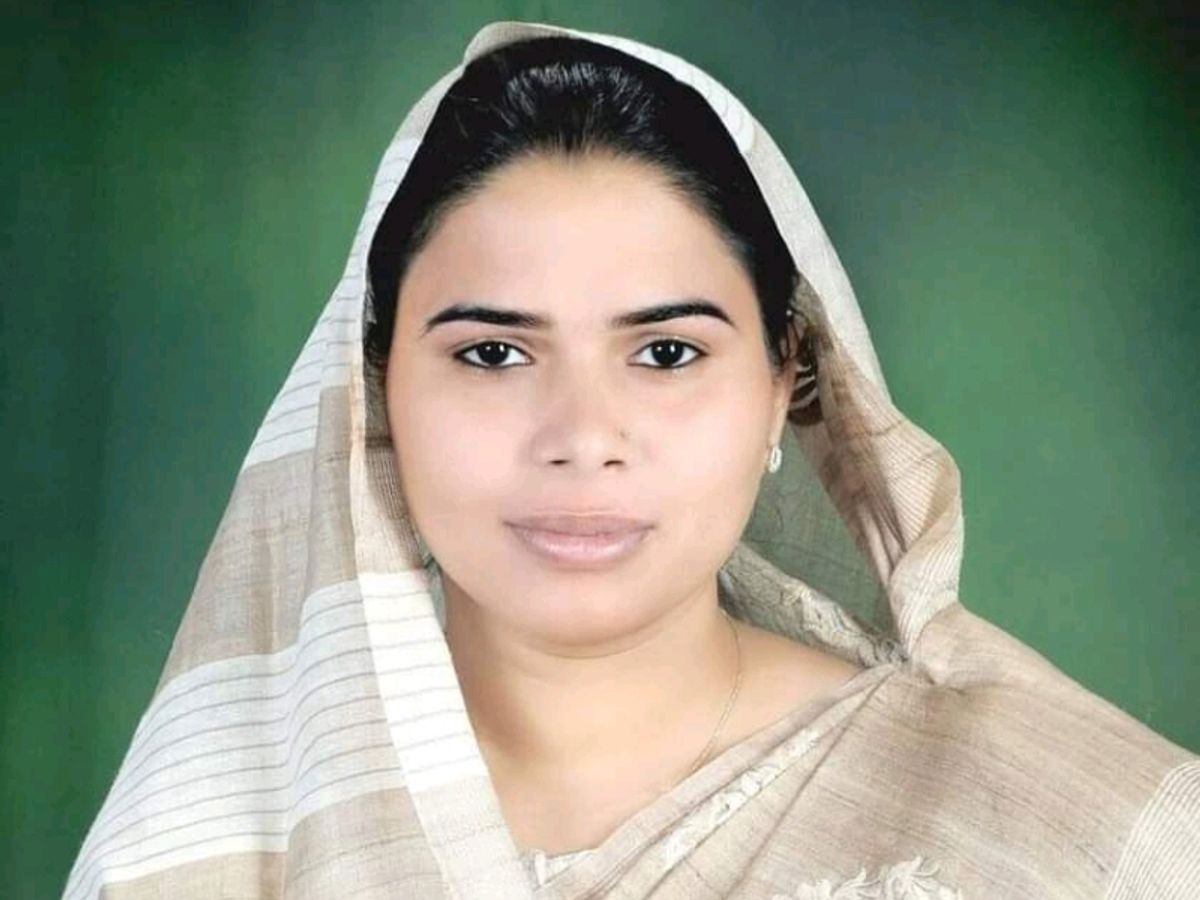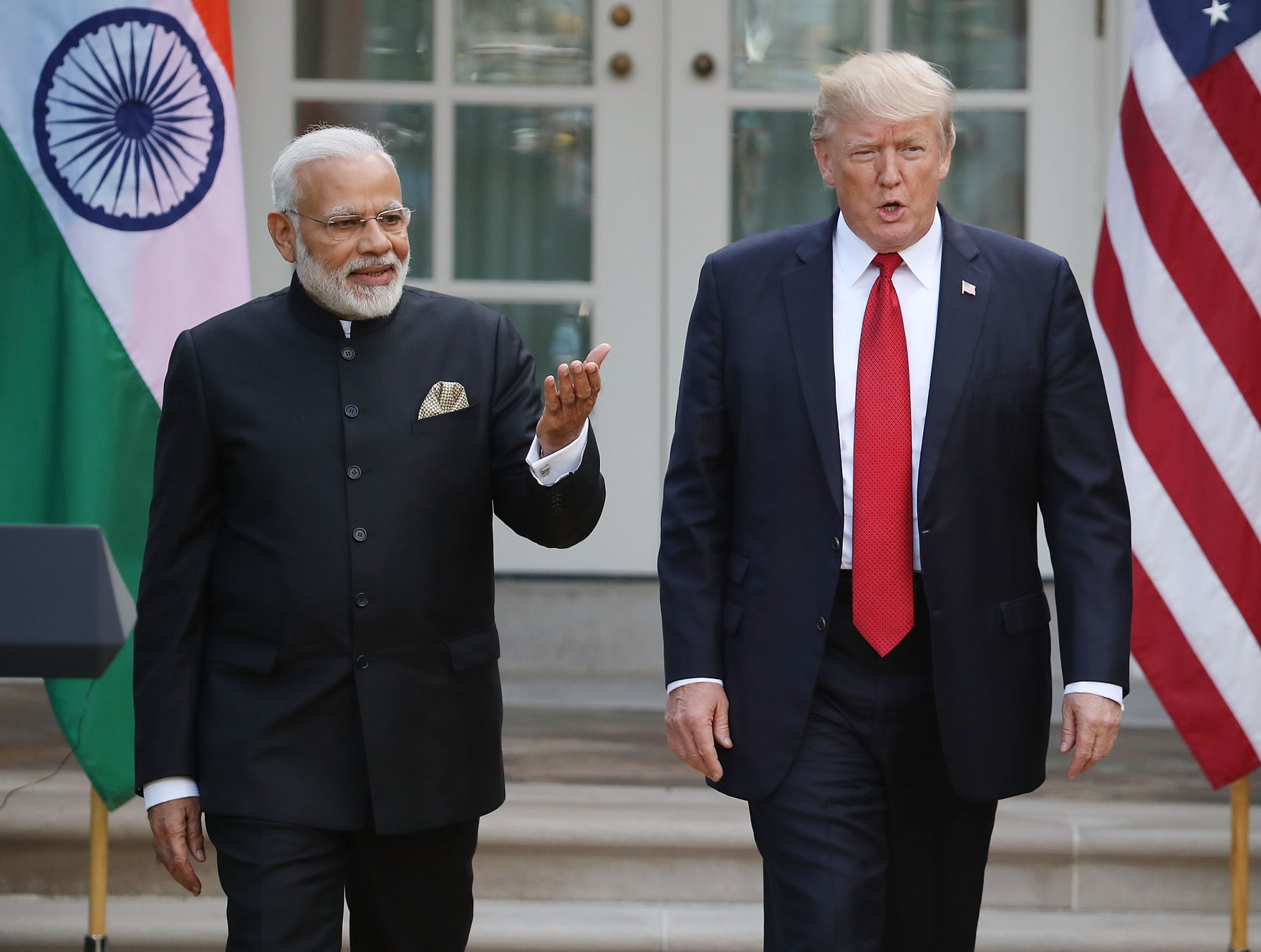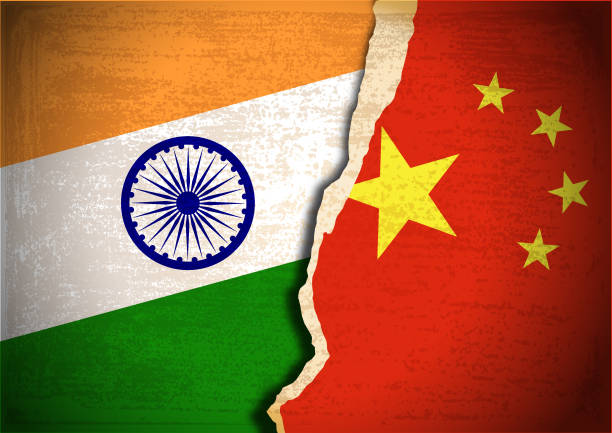Home / ladakh / Amit Shah Announces Creation of Five New Districts
Amit Shah Announces Creation of Five New Districts
By: My India Times
3 minutes read 50Updated At: 2024-11-11
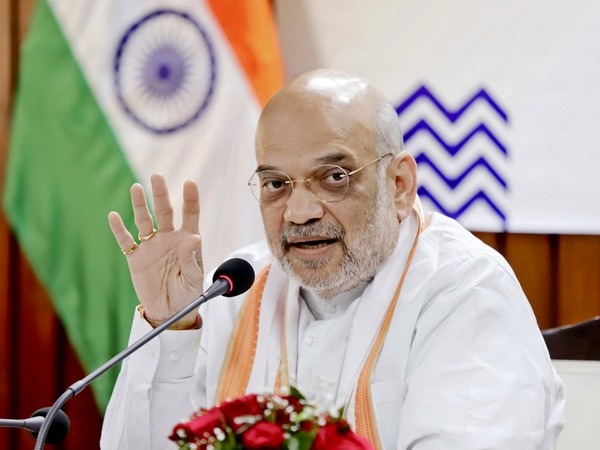
In a landmark decision aimed at enhancing governance and administration in the region, Union Home Minister Amit Shah announced on Monday that five new districts would be carved out in the Union Territory of Ladakh. The new districts — Zanskar, Drass, Sham, Nubra, and Changthang — are set to empower remote areas and bring governance closer to the people, ensuring that every corner of Ladakh benefits from focused administrative attention.
At present, Ladakh comprises two districts: Leh and Kargil, both of which operate with autonomous hill development councils. The creation of these five new districts marks a significant expansion in the administrative landscape of the region, with the promise of more localized governance and development.
A Step Toward Inclusivity and Better Access
Addressing the announcement, Amit Shah emphasized that the creation of these new districts would facilitate the delivery of public services and improve infrastructure across Ladakh's remote and often challenging terrain. "This move is aimed at bolstering governance in every nook and cranny of Ladakh, ensuring that all areas, including the most distant, receive the attention and services they deserve," Shah said during his address.
The decision is seen as part of the broader vision for Ladakh’s development, ensuring that even the most isolated communities are not left behind in the race for progress. The new districts will enable more efficient management of resources and bring essential services such as healthcare, education, and infrastructure development closer to the people.
Prime Minister Modi's Vision: Bringing Governance Closer to the People
Prime Minister Narendra Modi, who also welcomed the announcement, lauded the creation of the new districts as a crucial step towards better governance and prosperity for Ladakh. In a tweet, he said, "The creation of these districts will bring services and opportunities even closer to the people. This move will help in ensuring that Ladakh, with its unique culture and geographical significance, progresses further."
The Prime Minister also noted that these new districts would empower local populations, particularly in the remote areas of Zanskar, Nubra, Changthang, and others, by decentralizing administration and allowing for greater focus on region-specific needs.
Ladakh's Rich Cultural Heritage and Strategic Importance
Ladakh, with its breathtaking landscapes and rich cultural heritage, is strategically important for India, particularly in light of its proximity to sensitive borders with China and Pakistan. The region, known for its high-altitude deserts and rugged terrain, has long faced challenges related to connectivity and accessibility. This restructuring of the administrative framework is expected to address some of these issues by streamlining decision-making processes and bringing governance closer to the ground level.
The move also resonates with Ladakh's unique socio-cultural fabric, which is home to various ethnic groups, including Buddhists, Muslims, and indigenous communities, each with their own distinct needs. Local governance through the newly created districts is expected to better reflect these needs and prioritize community-driven development.
Empowering Local Governance: A Long-Awaited Change
For residents of Ladakh, the announcement comes as a welcome change. Local leaders and community members have long advocated for better representation and more localized governance. “For years, our people have felt disconnected from the decision-making centers in Leh and Kargil. This change is a long-awaited step towards a more inclusive and responsive administration," said Tsewang Norbu, a local community leader from Zanskar.
The new districts will have more administrative autonomy, with plans to establish local offices, courts, and developmental bodies that can cater specifically to the needs of their populations. This decentralization is expected to empower local leaders and improve the overall governance of the region.
A Step Forward in Ladakh’s Development Journey
Ladakh, which was made a Union Territory in 2019 following the abrogation of Article 370, has seen significant political changes in recent years. With an increasing focus on tourism, infrastructure, and economic development, the creation of the new districts is being viewed as a progressive step toward ensuring that Ladakh's growth reaches every corner.
As the region continues its journey of transformation, the hope is that this new administrative structure will lead to increased access to government schemes, better delivery of public services, and the overall prosperity of Ladakh’s people.
....In a landmark decision aimed at enhancing governance and administration in the region, Union Home Minister Amit Shah announced on Monday that five new districts would be carved out in the Union Territory of Ladakh. The new districts — Zanskar, Drass, Sham, Nubra, and Changthang — are set to empower remote areas and bring governance closer to the people, ensuring that every corner of Ladakh benefits from focused administrative attention.
At present, Ladakh comprises two districts: Leh and Kargil, both of which operate with autonomous hill development councils. The creation of these five new districts marks a significant expansion in the administrative landscape of the region, with the promise of more localized governance and development.
A Step Toward Inclusivity and Better Access
Addressing the announcement, Amit Shah emphasized that the creation of these new districts would facilitate the delivery of public services and improve infrastructure across Ladakh's remote and often challenging terrain. "This move is aimed at bolstering governance in every nook and cranny of Ladakh, ensuring that all areas, including the most distant, receive the attention and services they deserve," Shah said during his address.
The decision is seen as part of the broader vision for Ladakh’s development, ensuring that even the most isolated communities are not left behind in the race for progress. The new districts will enable more efficient management of resources and bring essential services such as healthcare, education, and infrastructure development closer to the people.
Prime Minister Modi's Vision: Bringing Governance Closer to the People
Prime Minister Narendra Modi, who also welcomed the announcement, lauded the creation of the new districts as a crucial step towards better governance and prosperity for Ladakh. In a tweet, he said, "The creation of these districts will bring services and opportunities even closer to the people. This move will help in ensuring that Ladakh, with its unique culture and geographical significance, progresses further."
The Prime Minister also noted that these new districts would empower local populations, particularly in the remote areas of Zanskar, Nubra, Changthang, and others, by decentralizing administration and allowing for greater focus on region-specific needs.
Ladakh's Rich Cultural Heritage and Strategic Importance
Ladakh, with its breathtaking landscapes and rich cultural heritage, is strategically important for India, particularly in light of its proximity to sensitive borders with China and Pakistan. The region, known for its high-altitude deserts and rugged terrain, has long faced challenges related to connectivity and accessibility. This restructuring of the administrative framework is expected to address some of these issues by streamlining decision-making processes and bringing governance closer to the ground level.
The move also resonates with Ladakh's unique socio-cultural fabric, which is home to various ethnic groups, including Buddhists, Muslims, and indigenous communities, each with their own distinct needs. Local governance through the newly created districts is expected to better reflect these needs and prioritize community-driven development.
Empowering Local Governance: A Long-Awaited Change
For residents of Ladakh, the announcement comes as a welcome change. Local leaders and community members have long advocated for better representation and more localized governance. “For years, our people have felt disconnected from the decision-making centers in Leh and Kargil. This change is a long-awaited step towards a more inclusive and responsive administration," said Tsewang Norbu, a local community leader from Zanskar.
The new districts will have more administrative autonomy, with plans to establish local offices, courts, and developmental bodies that can cater specifically to the needs of their populations. This decentralization is expected to empower local leaders and improve the overall governance of the region.
A Step Forward in Ladakh’s Development Journey
Ladakh, which was made a Union Territory in 2019 following the abrogation of Article 370, has seen significant political changes in recent years. With an increasing focus on tourism, infrastructure, and economic development, the creation of the new districts is being viewed as a progressive step toward ensuring that Ladakh's growth reaches every corner.
As the region continues its journey of transformation, the hope is that this new administrative structure will lead to increased access to government schemes, better delivery of public services, and the overall prosperity of Ladakh’s people.
By: My India Times
Updated At: 2024-11-11
Tags: ladakh News | My India Times News | Trending News | Travel News
Join our WhatsApp Channel




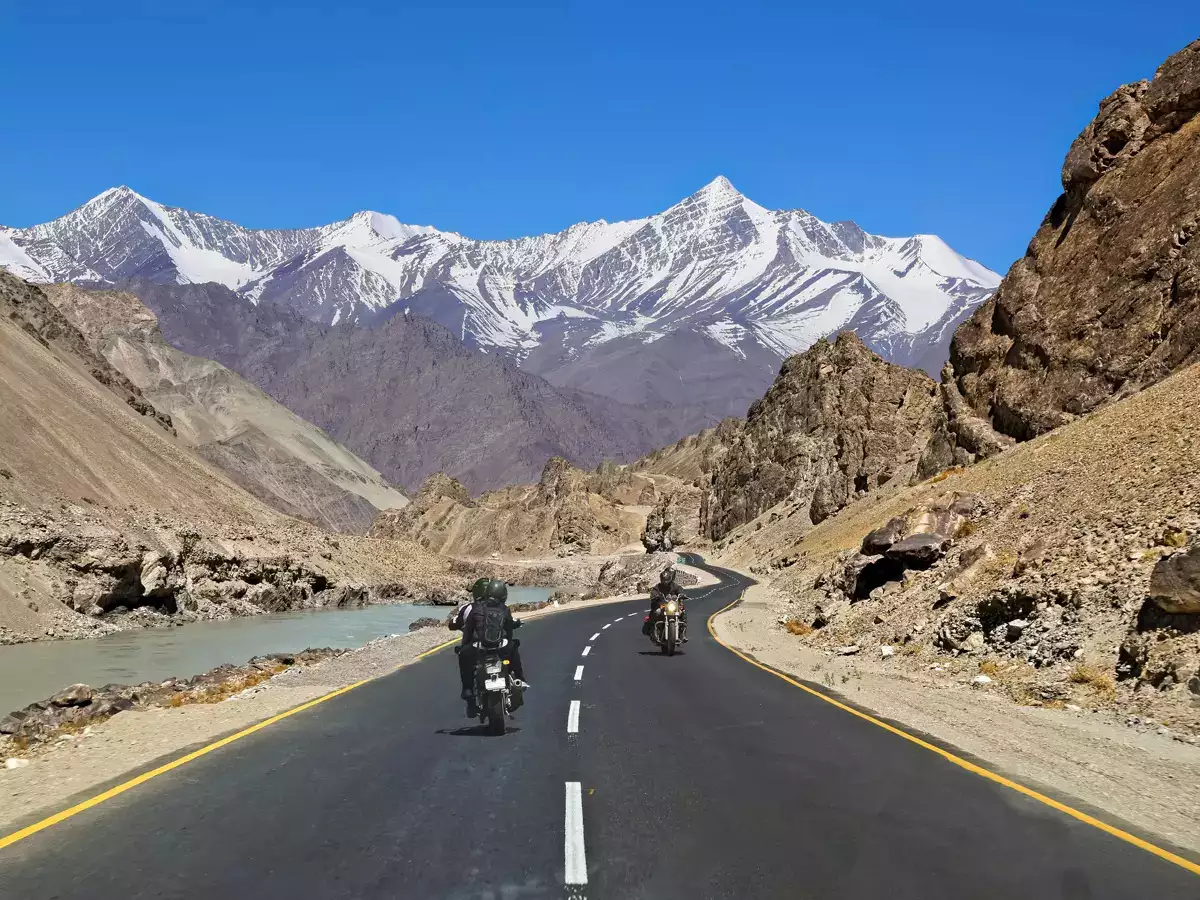



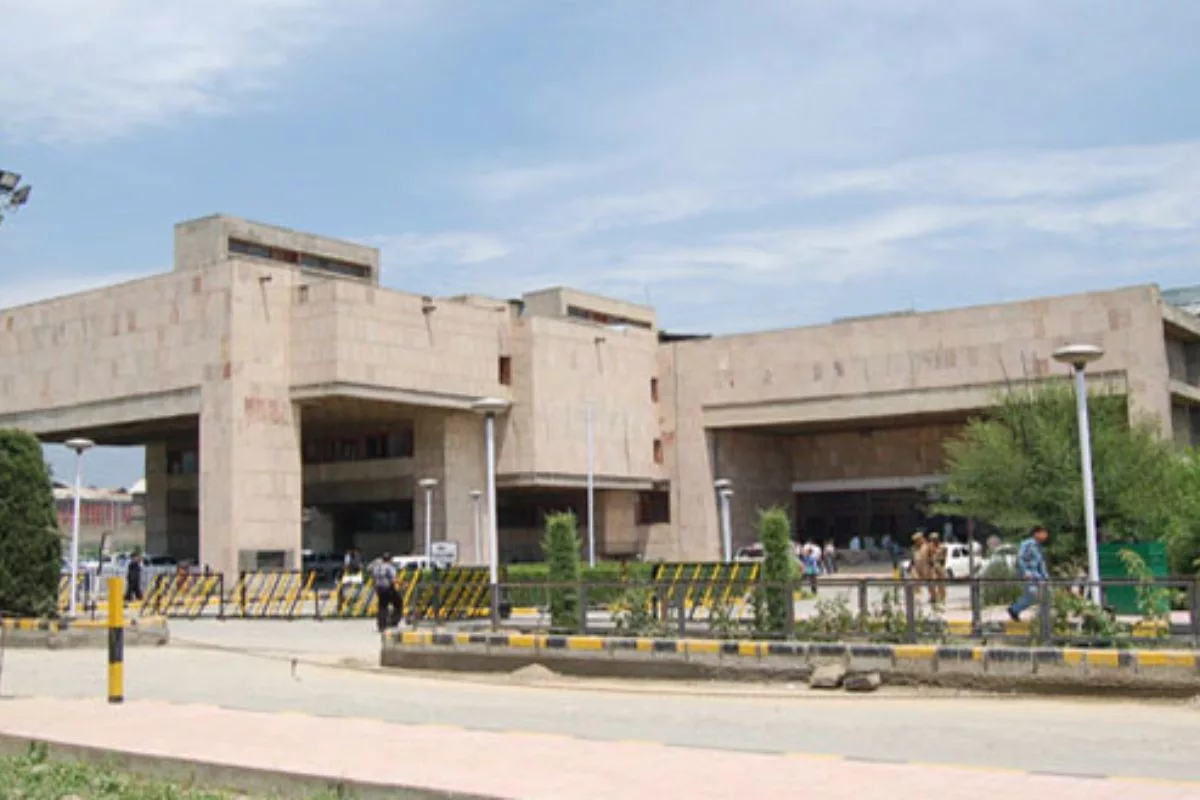



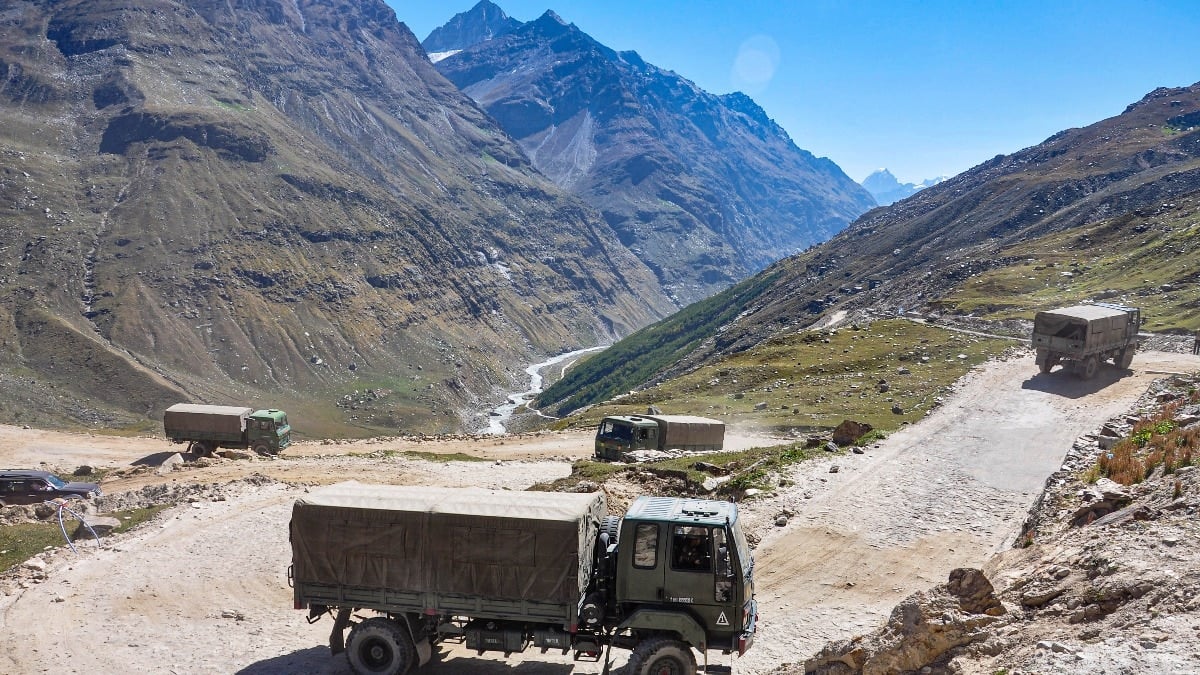
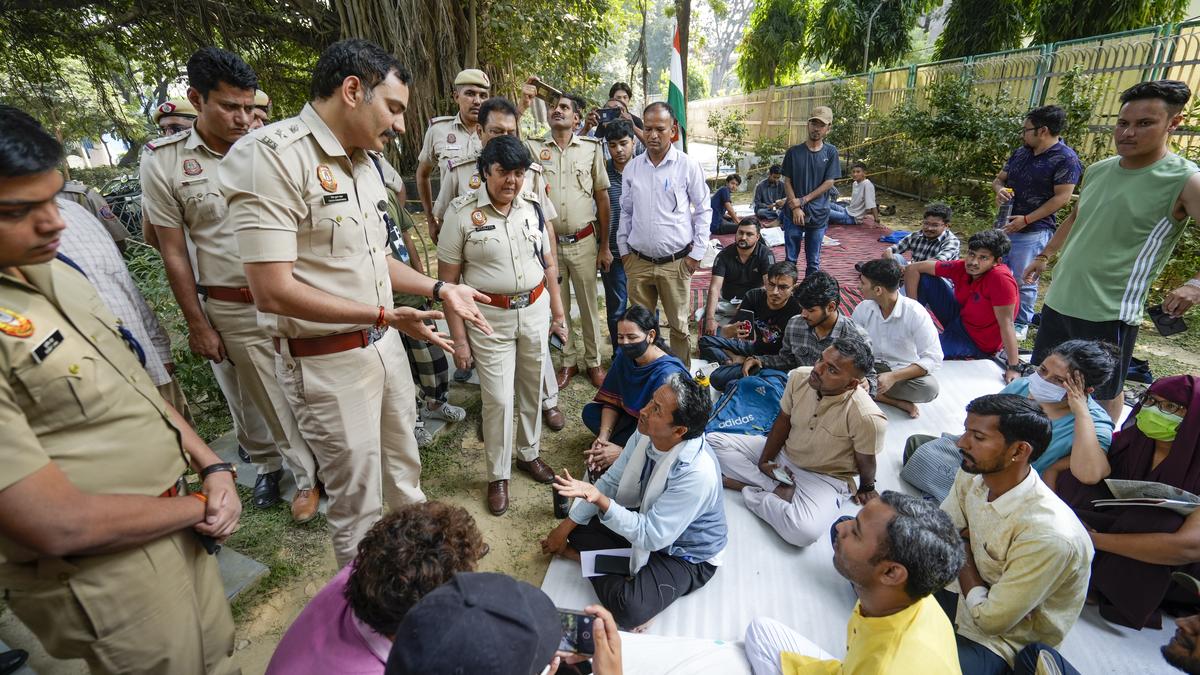

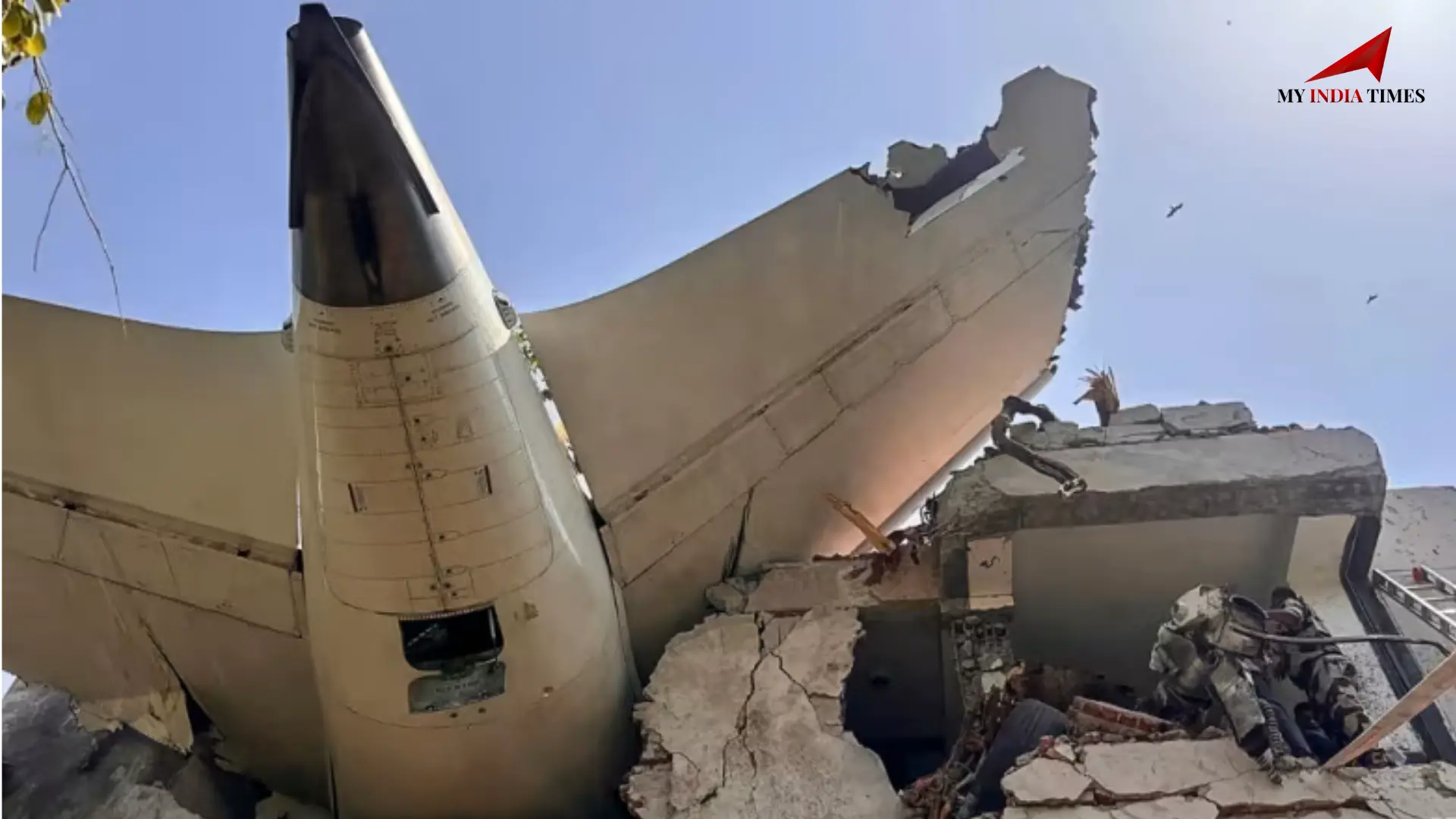




















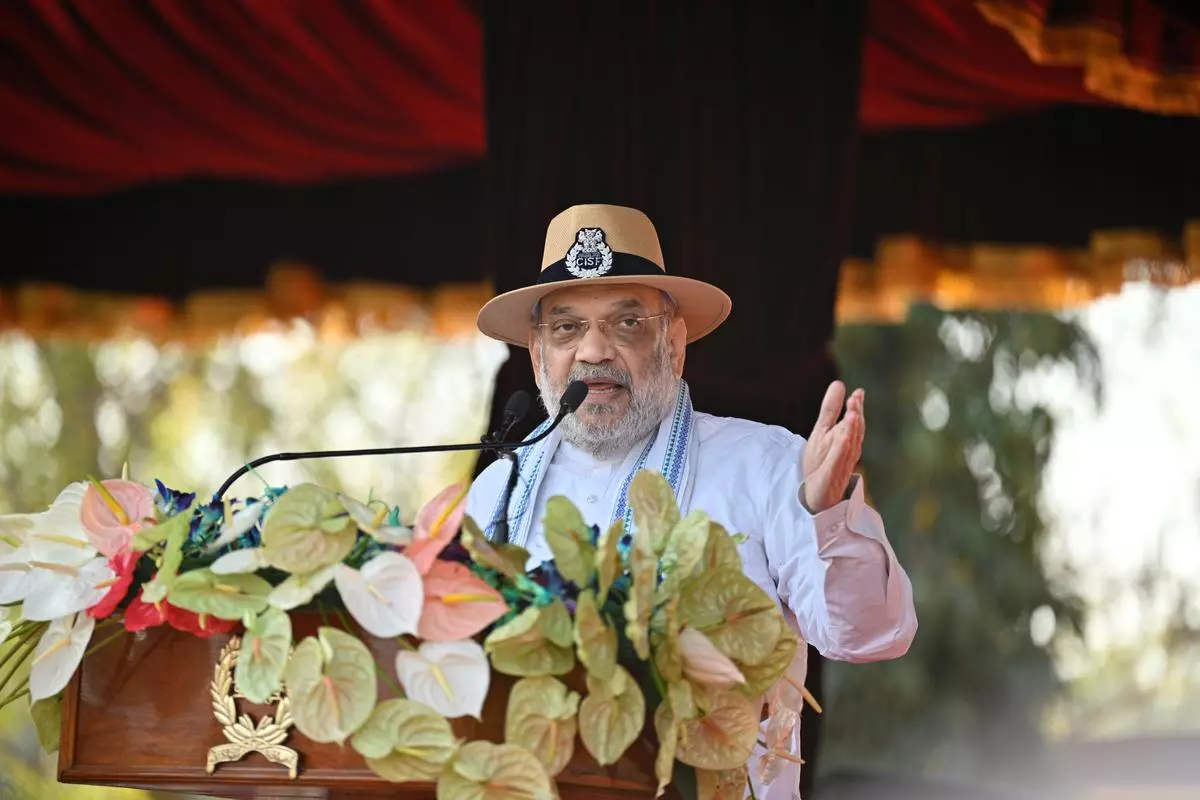










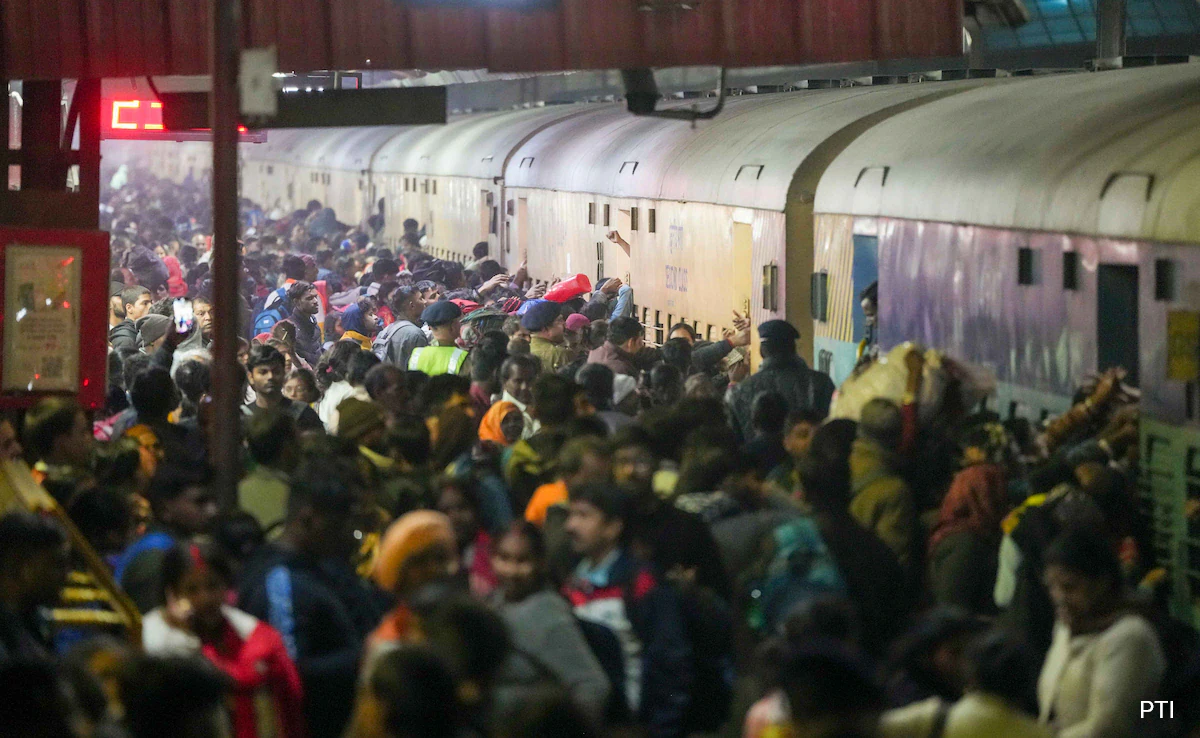
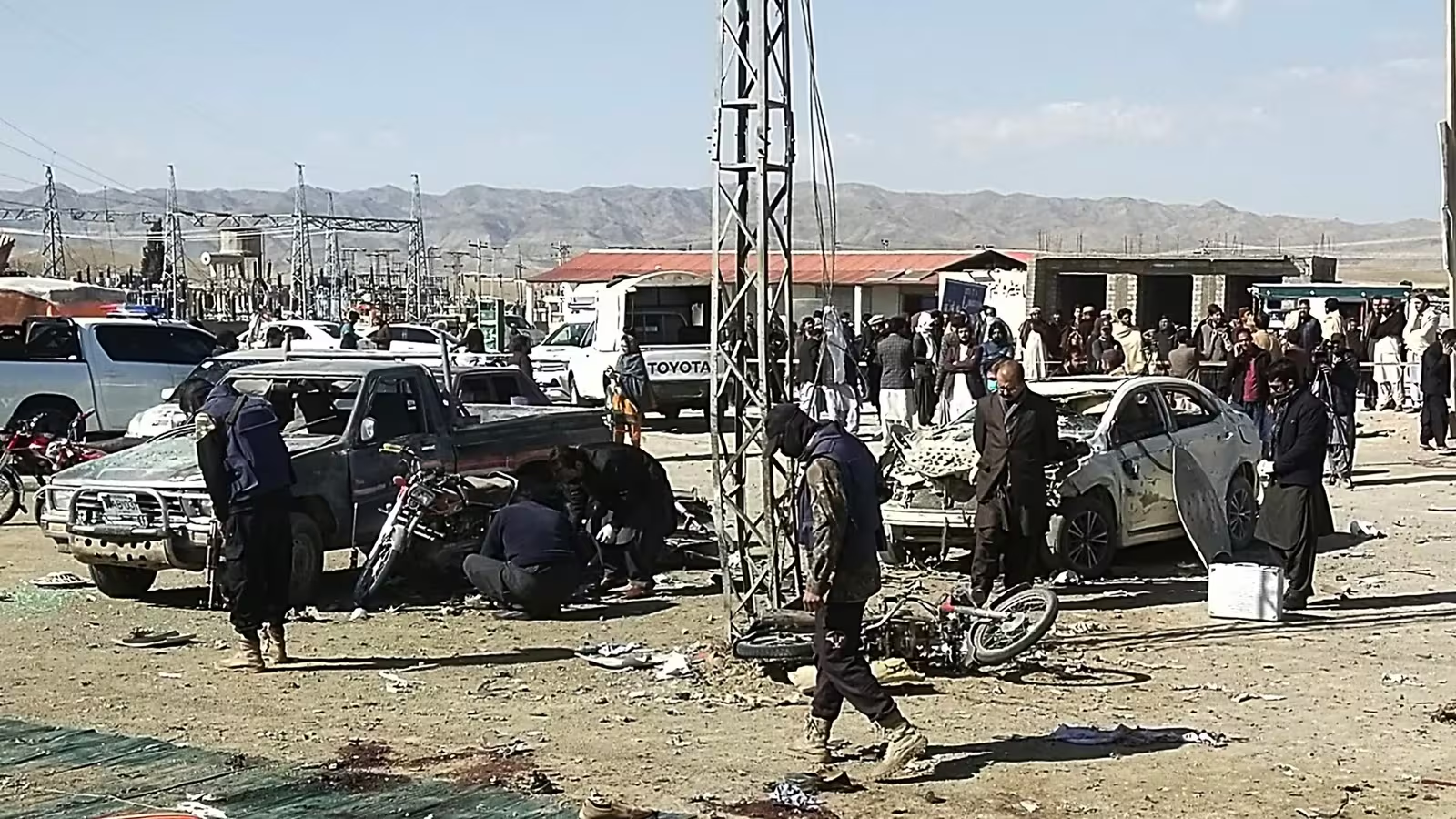




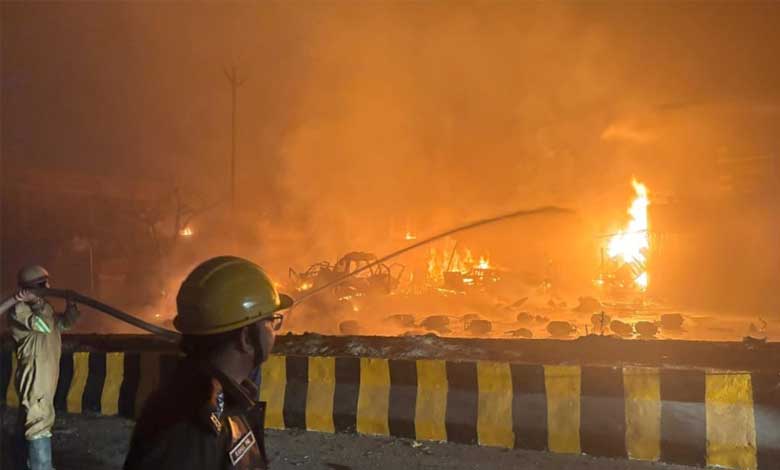




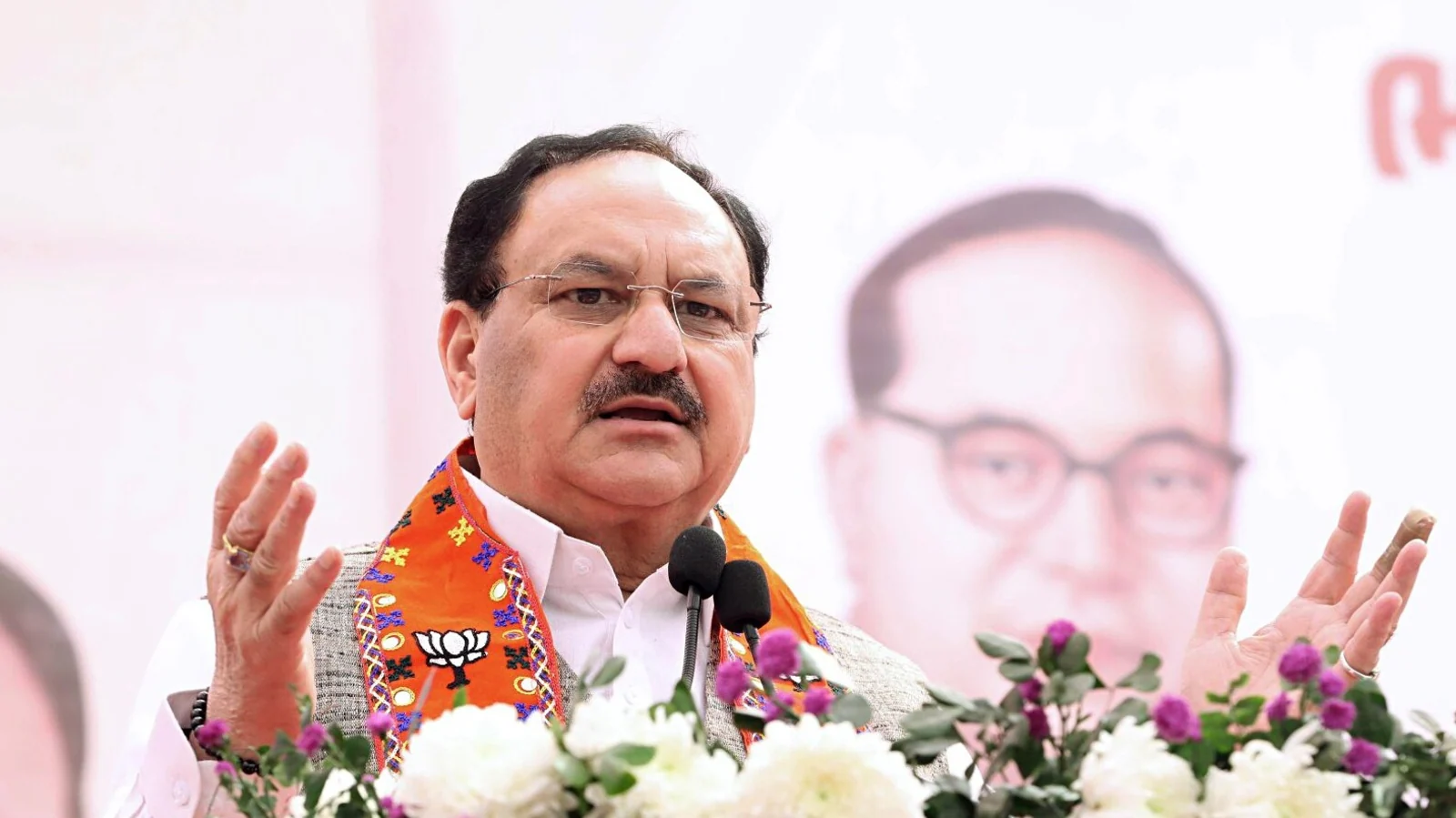



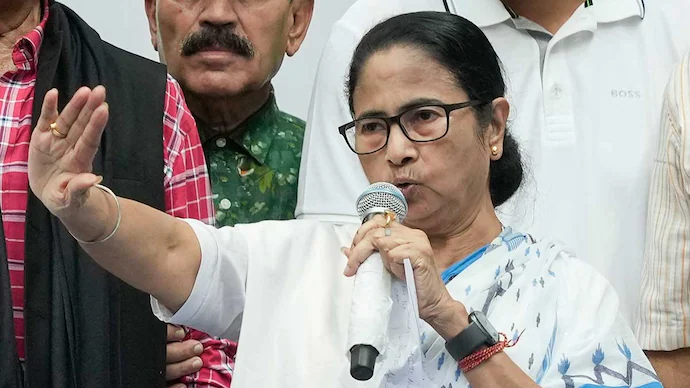


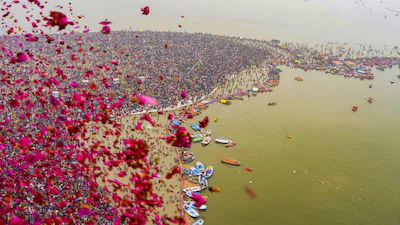
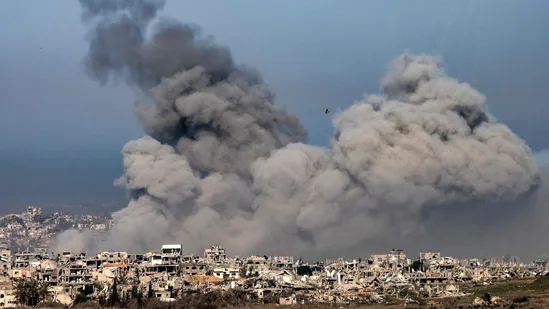
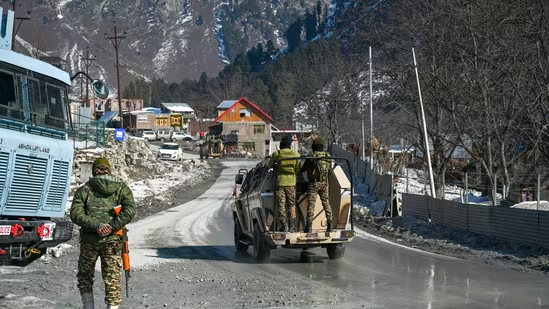

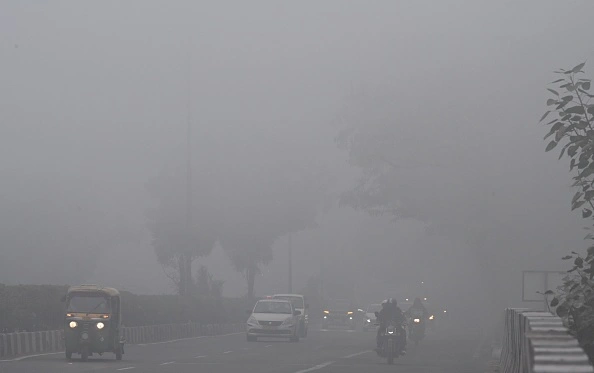

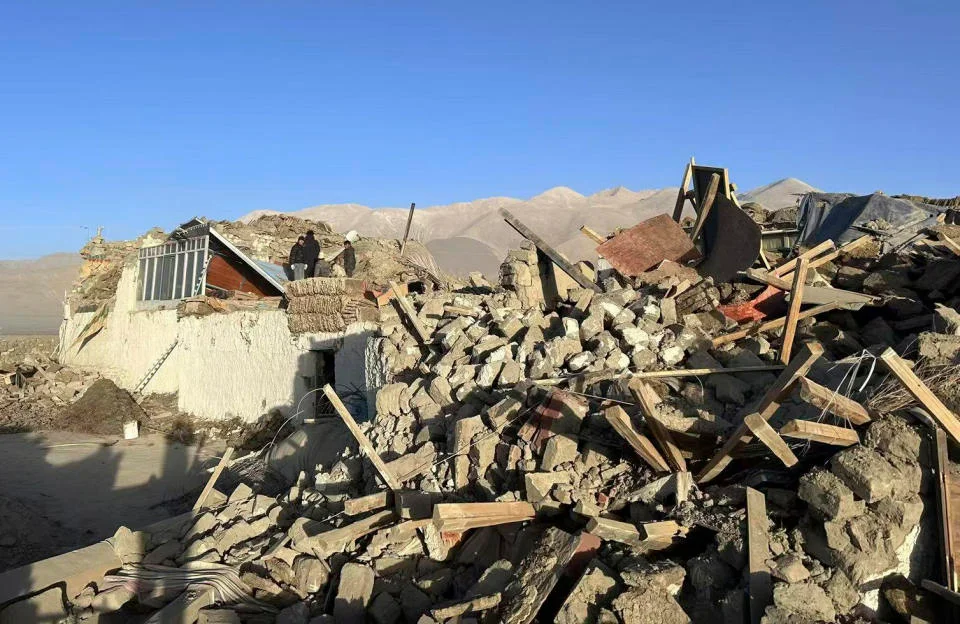




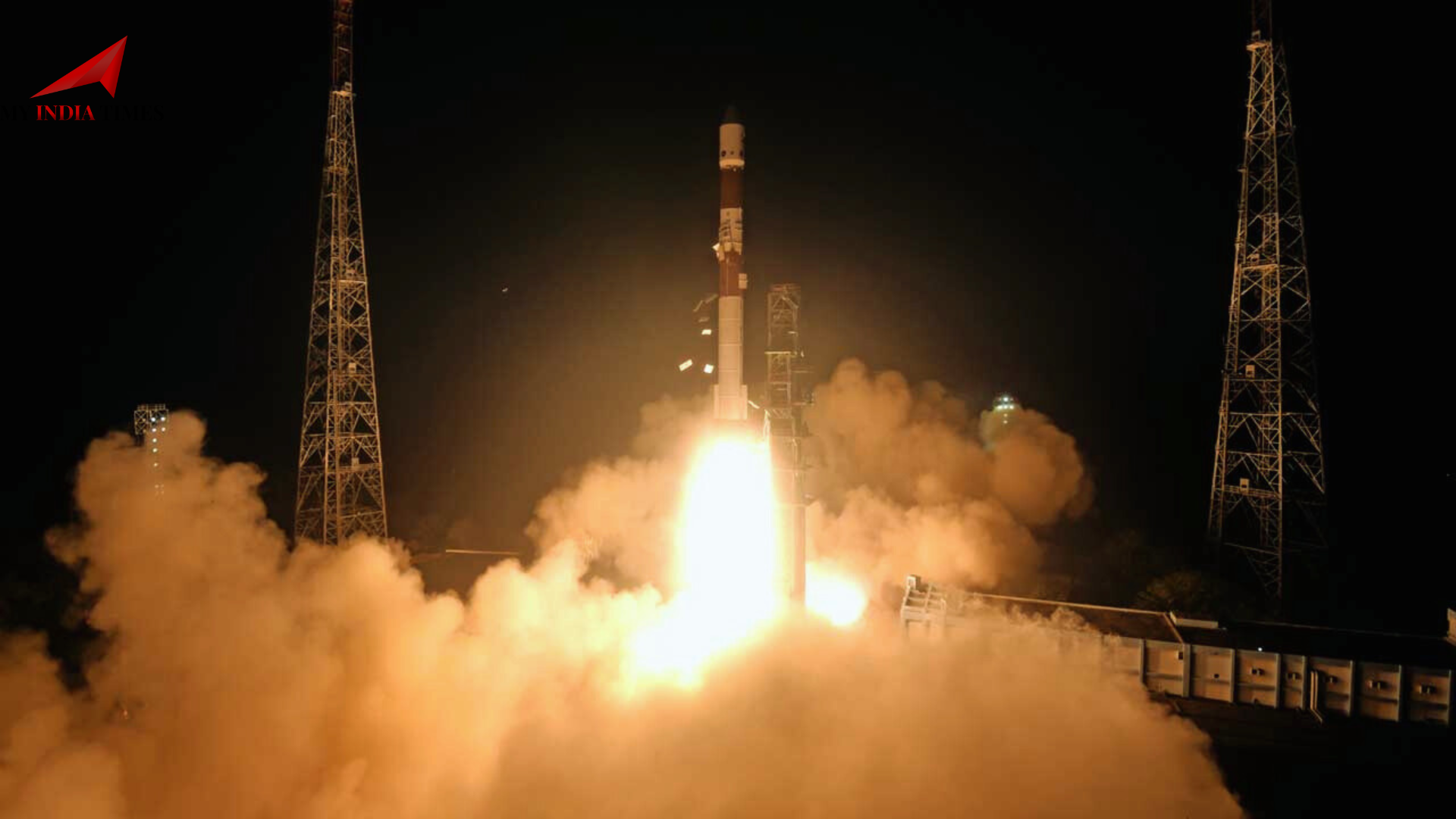




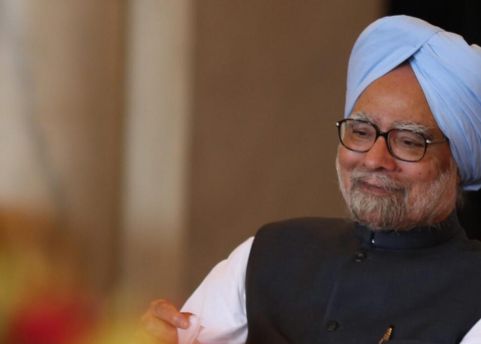




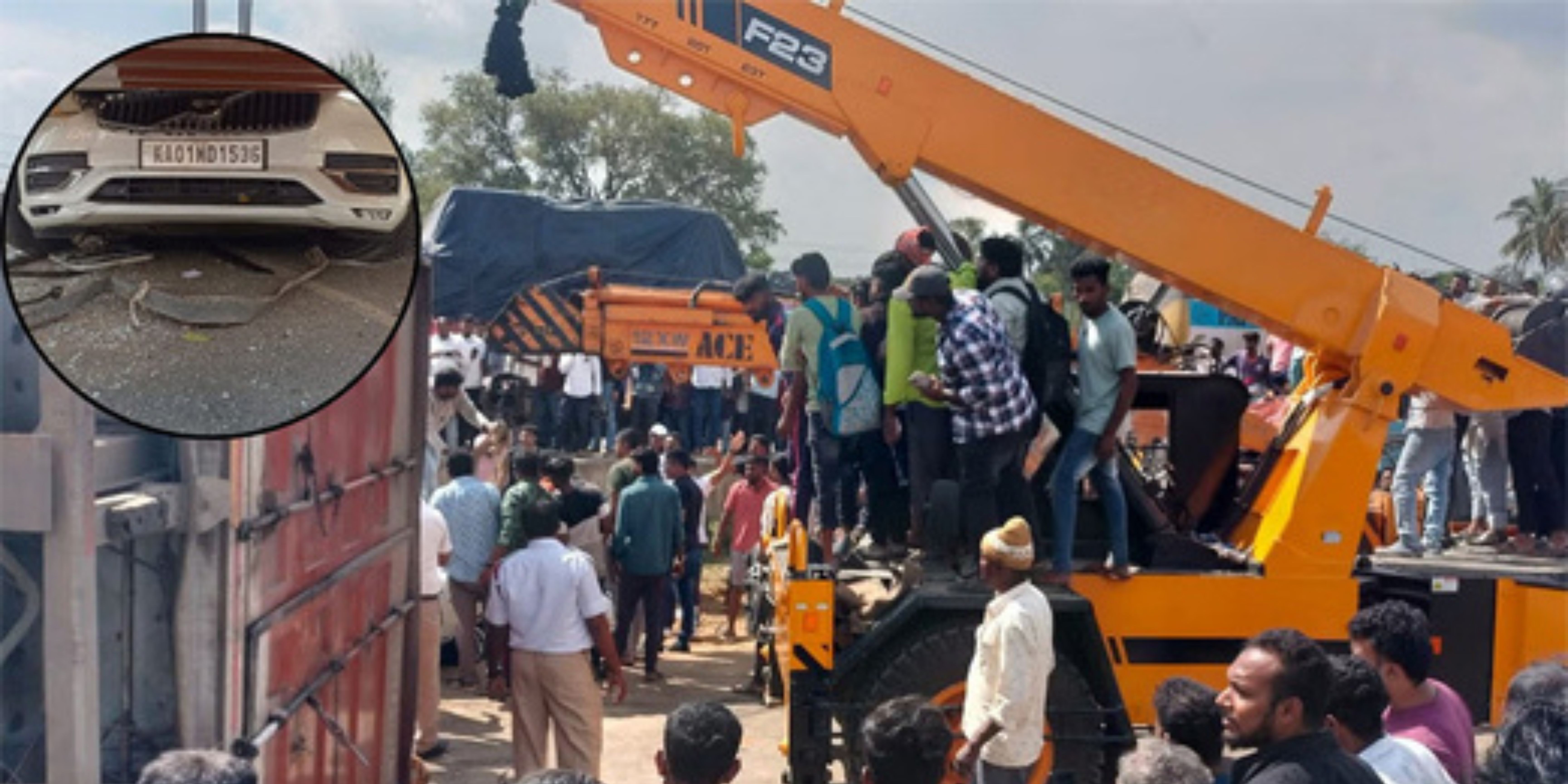




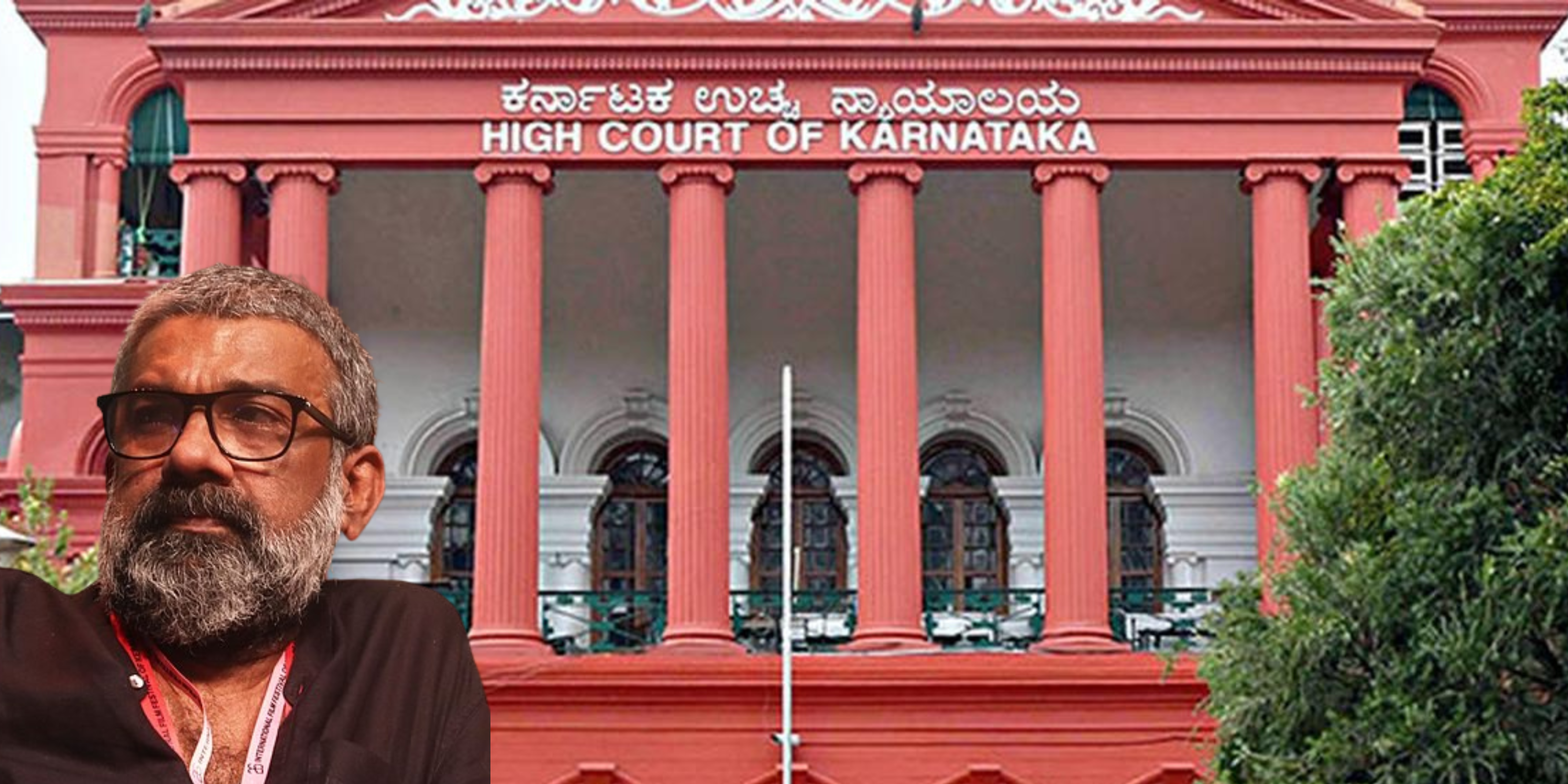
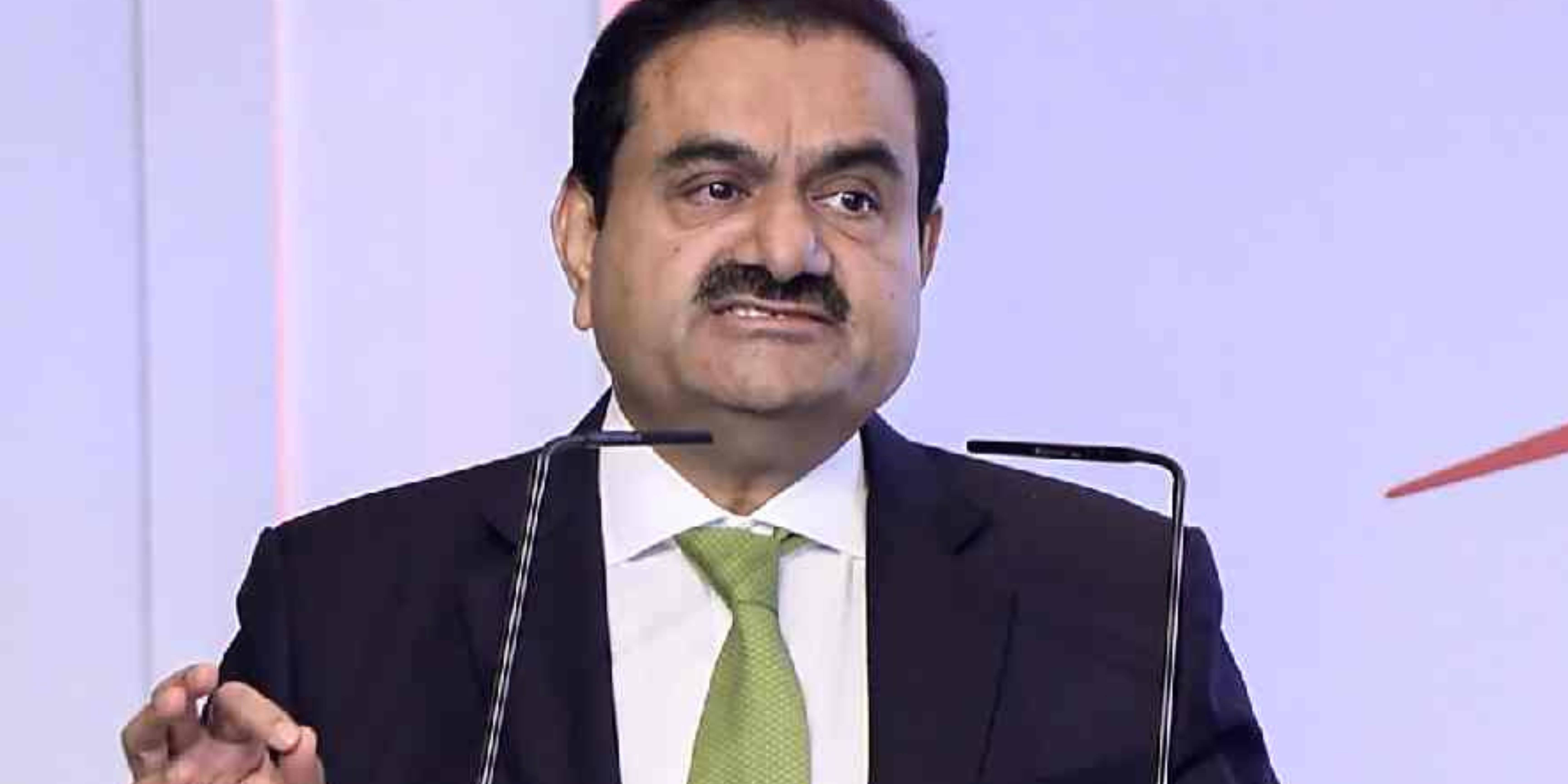
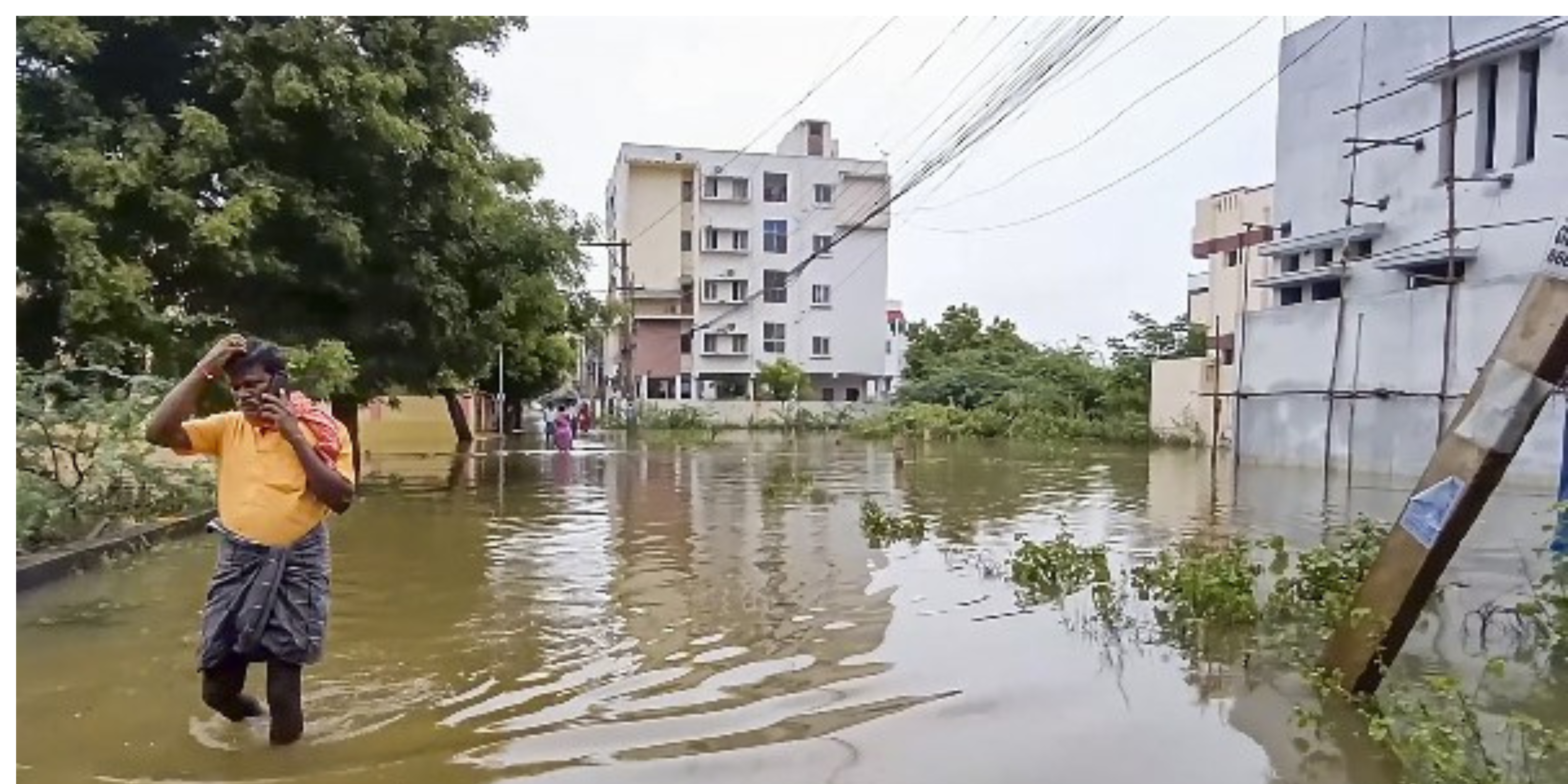


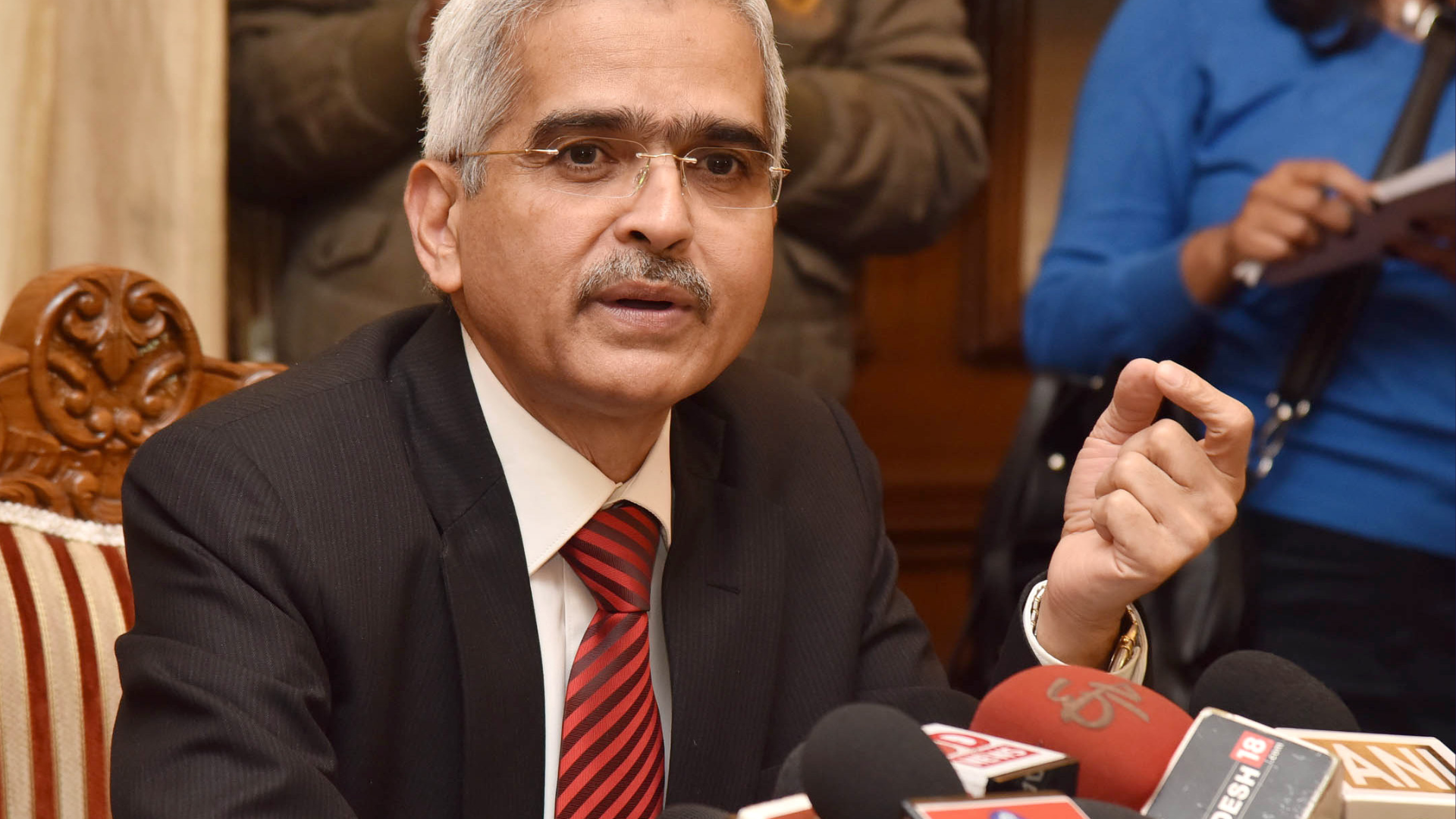
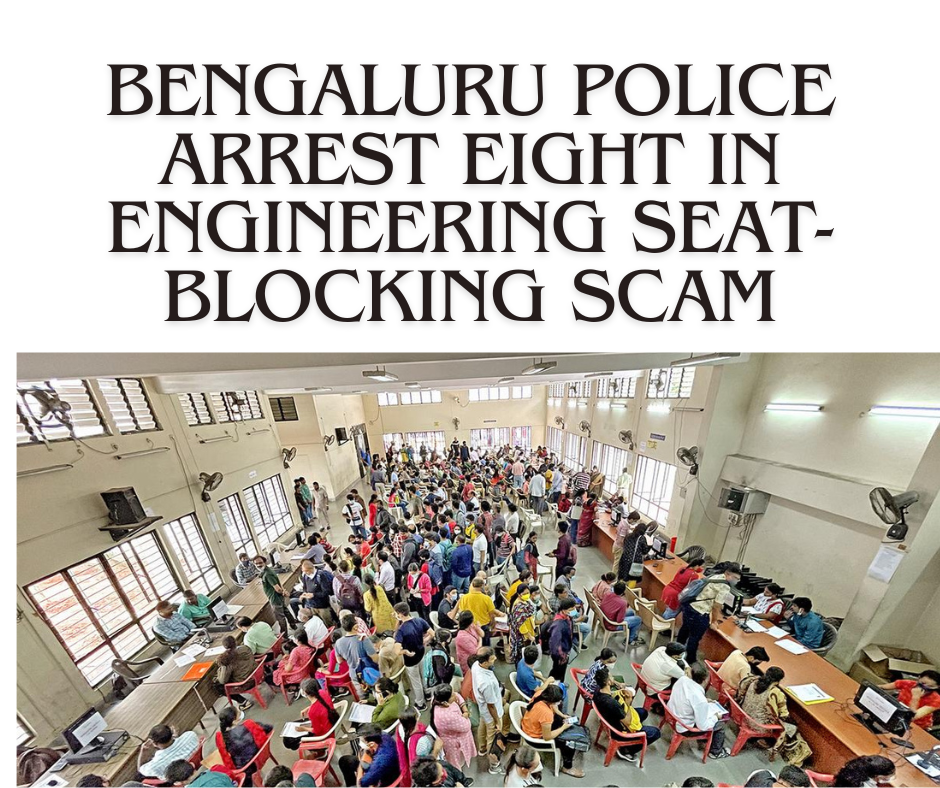


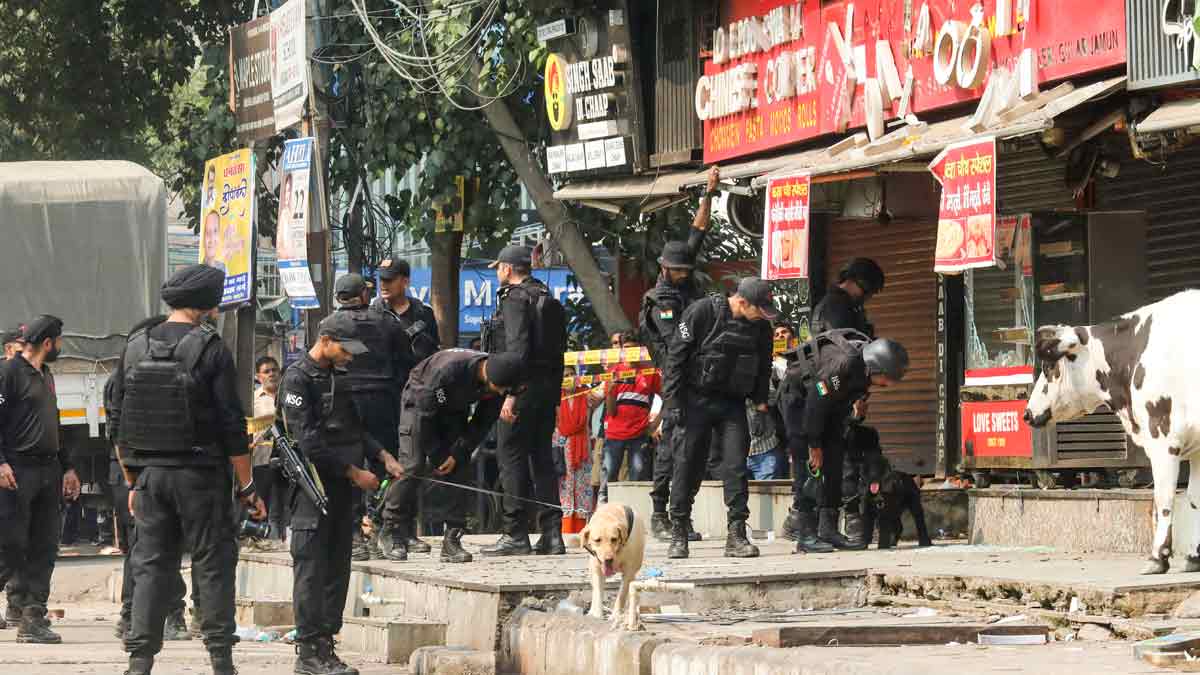



.png)
 (1).png)
